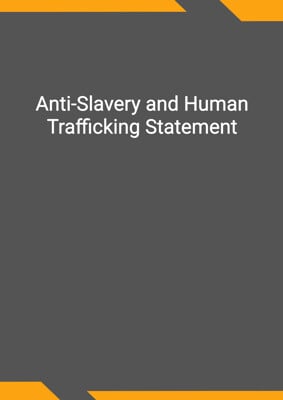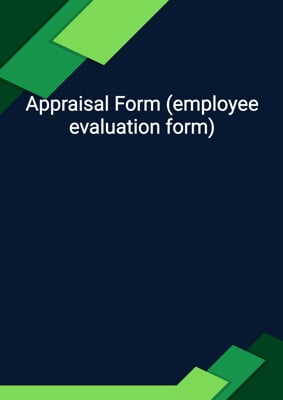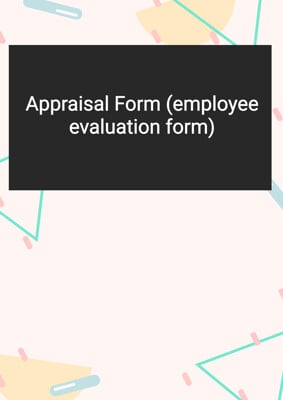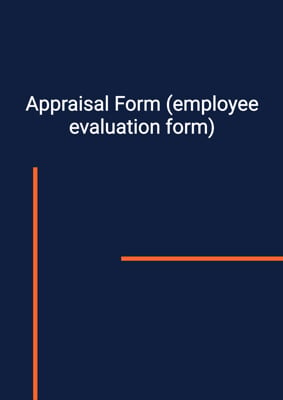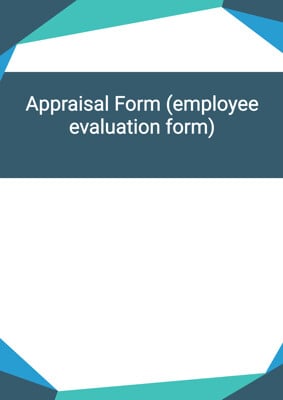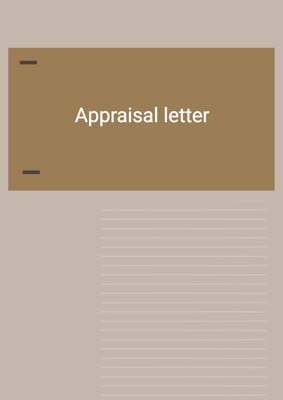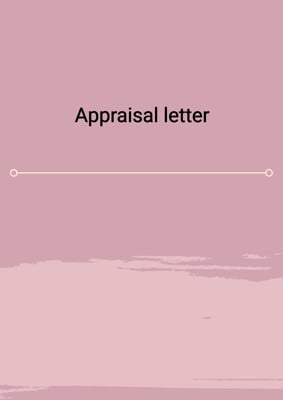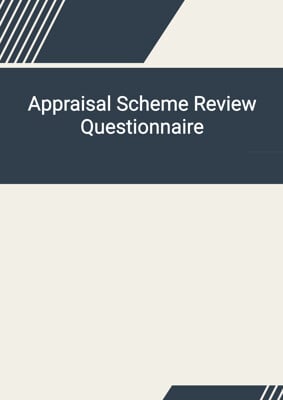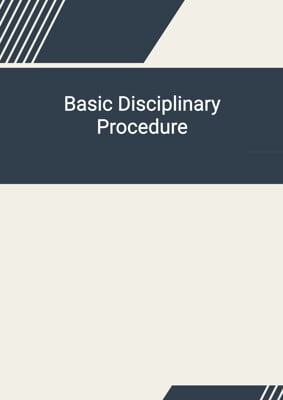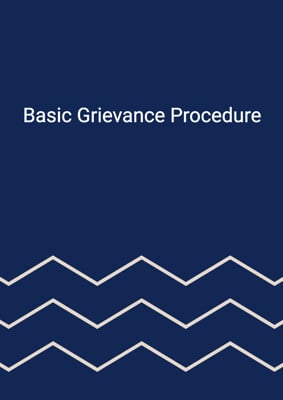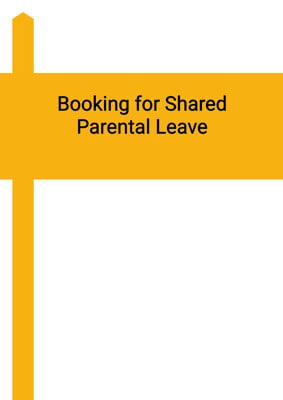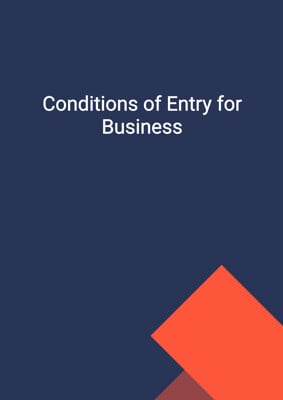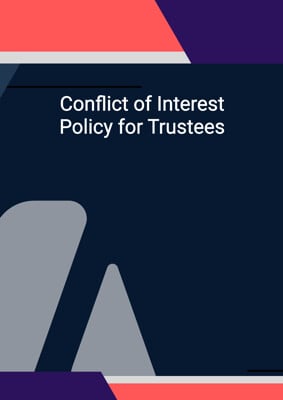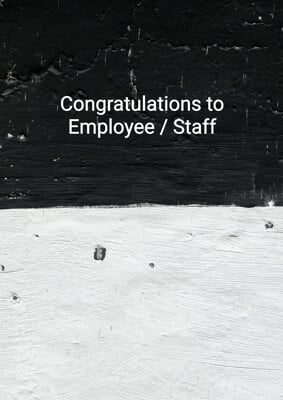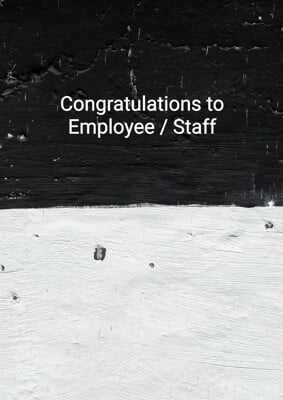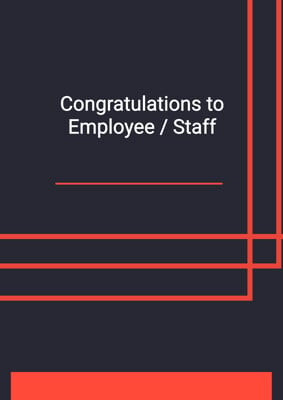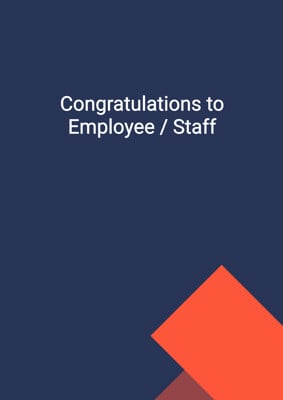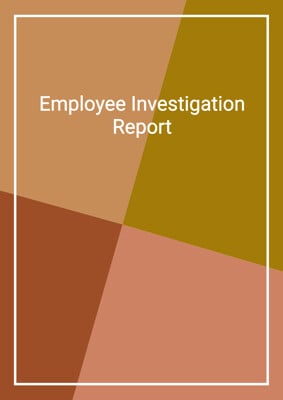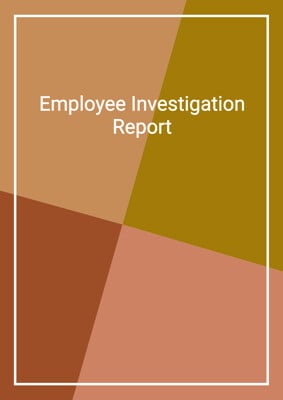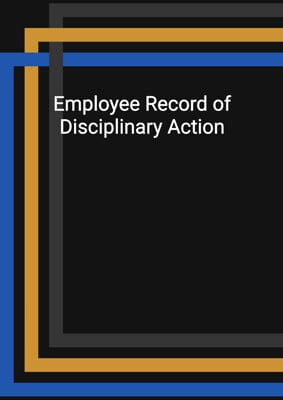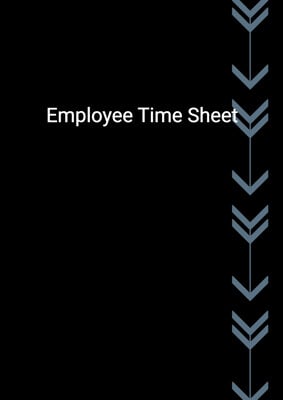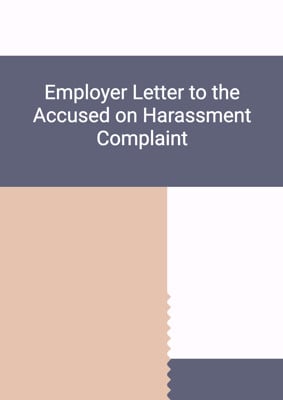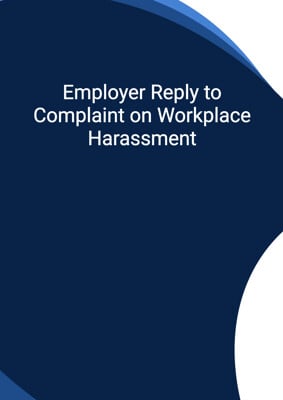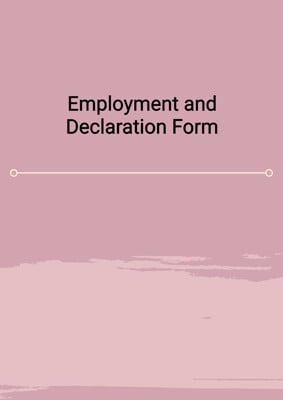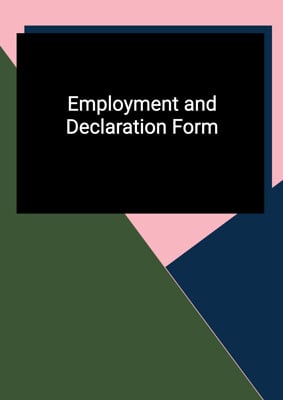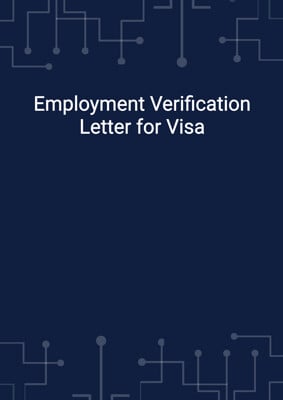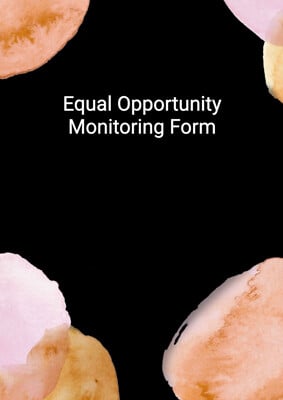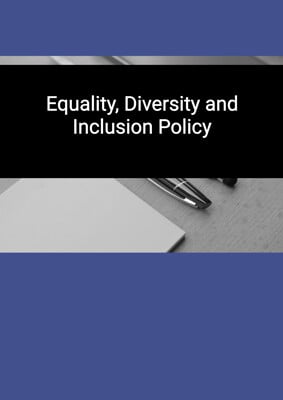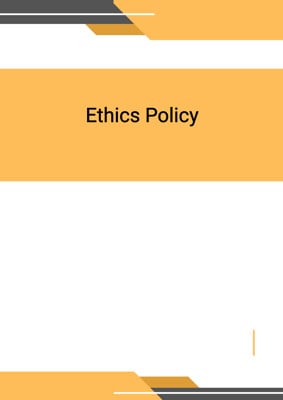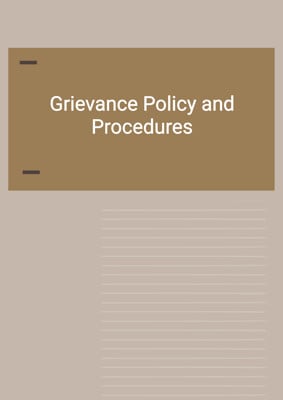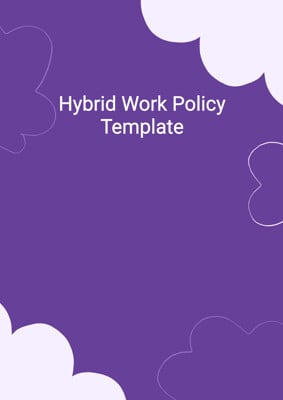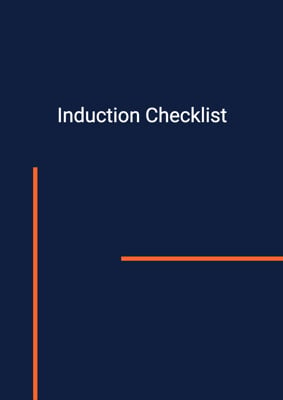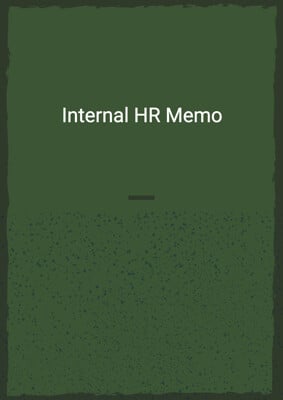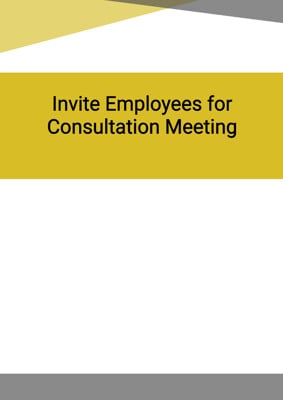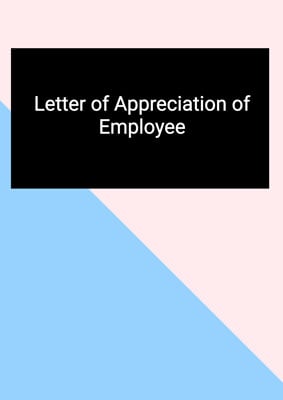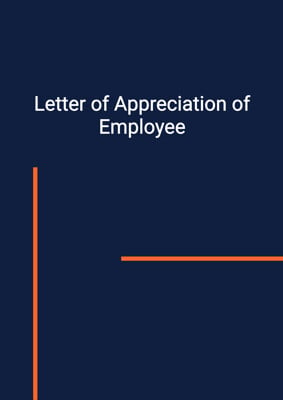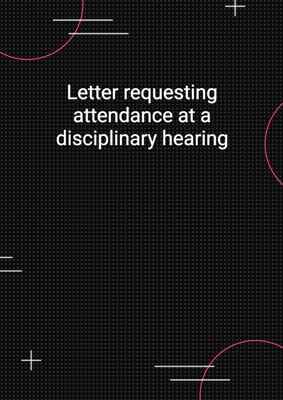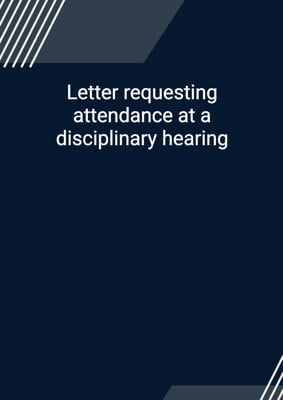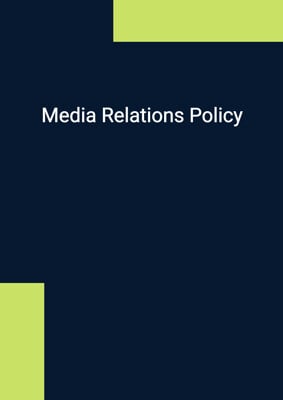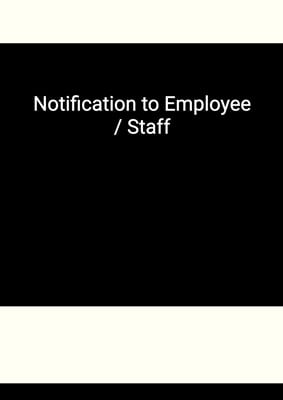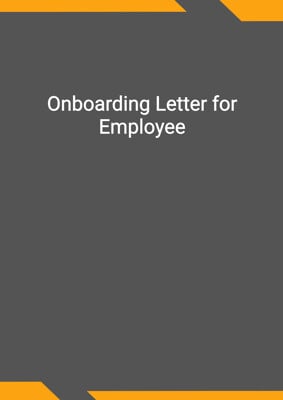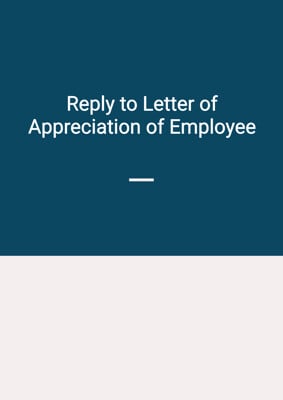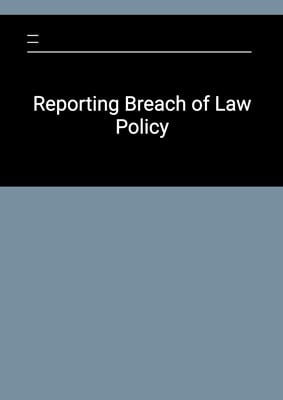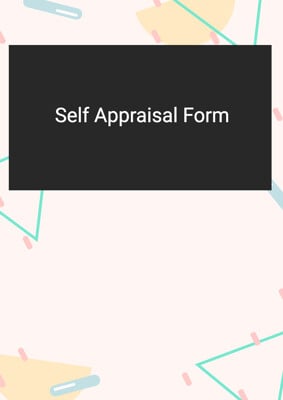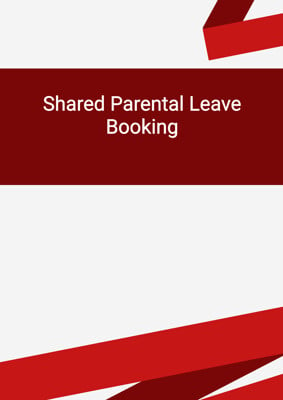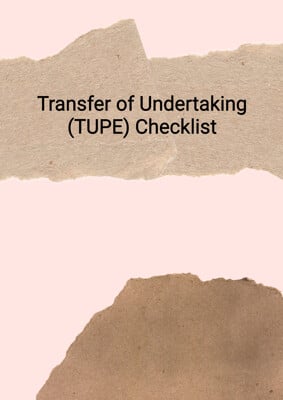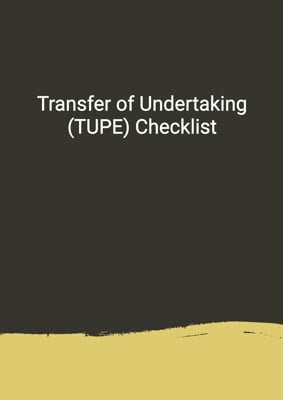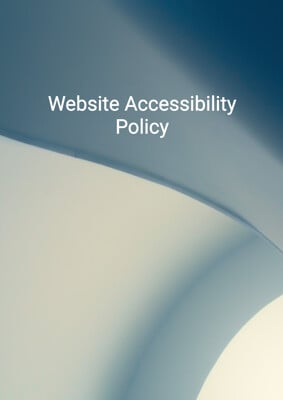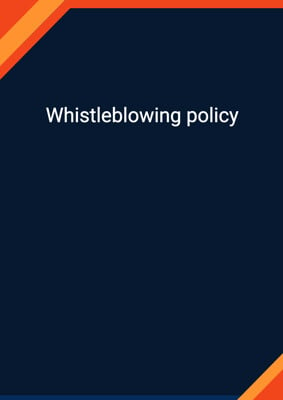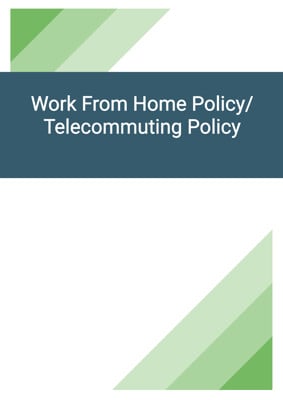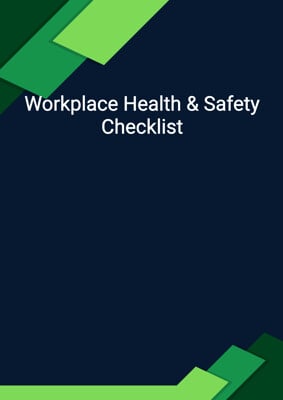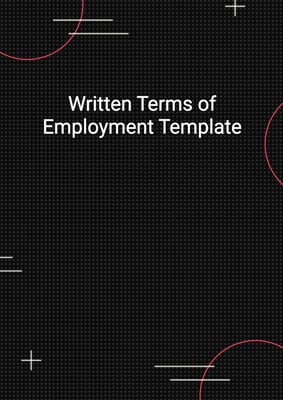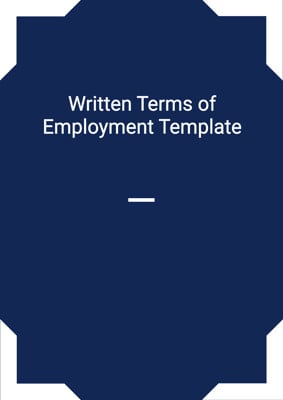How to Tailor the Document for Your Need?
01
Create Document
Click "Create Document" button and the document will be prepared with your account details automatically filled in.
02
Fill Information
Please fill in any additional information by following the step-by-step guide on the left hand side of the preview document and click the "Next" button.
03
Get Document
When you are done, click the "Get Document" button and you can download the document in Word or PDF format.
04
Review Document
Please review the document carefully and make any final modifications to ensure that the details are correct before publication / distribution.
Document Preview
Document Description
The document titled 'Flexible Working Policy' is an important policy that aims to encourage staff to consider flexible working arrangements. The organization recognizes the significance of achieving a better work-life balance for employees, as it can improve their motivation, performance, productivity, and reduce stress. The policy is designed to support employees in achieving a better balance between work and their other priorities, such as caring responsibilities, leisure activities, further learning, and other interests.
The document begins with an introduction that highlights the organization's commitment to open discussion with employees regarding flexible working. It encourages employees who believe they may benefit from flexible working to contact the HR department or their line manager to arrange an informal discussion about the available options.
The document then provides a detailed explanation of what flexible working entails. It defines flexible working as any type of working arrangement that offers flexibility in terms of working hours, location, and schedule. It further explains that employees can choose from various flexible working options, including annualised hours, compressed hours, flexitime, home-working, job-sharing, overtime, part-time working, and term-time working.
Each flexible working option is described in detail, outlining how it works and what it entails for both the employee and the organization. The document emphasizes that not all flexible working options will be suitable for all roles, and the organization will need to consider various factors when evaluating a proposed arrangement, such as costs, impact on other staff, supervision requirements, department structure, staff availability, specific role tasks, workload, disability-related adjustments, and health and safety considerations.
The document also provides information on the eligibility criteria for submitting a flexible working request. It states that any employee with at least 26 weeks of employment service has a statutory right to request flexible working, but the organization allows employees in all areas and at any level to submit a request regardless of their length of service.
The process of submitting a flexible working request is outlined, specifying that requests must be made in writing and include essential information such as the proposed changes, effective date, anticipated impact on the organization, previous applications, and whether the request is statutory or non-statutory.
The document explains the process of arranging meetings to discuss flexible working requests. It states that HR department or line managers will usually seek to arrange a meeting with the employee to discuss the request, understand the proposed working arrangements, and assess the potential benefits for both the employee and the organization. It also clarifies that employees have the right to be accompanied by a workplace colleague or trade union representative during these meetings.
The document provides detailed information on how HR department or line managers respond to flexible working requests. It states that each request is considered on a case-by-case basis, taking into account the potential benefits and adverse effects of implementing the proposed changes. The response to a request can be full approval, partial approval, refusal, or a modified version of the request. The document also mentions the employee's right to appeal the decision if their request is refused or only partially approved.
In cases where there is uncertainty about the practicability of a flexible working arrangement, the document suggests agreeing on a trial period to assess the viability of the proposed changes. It explains that if a trial period is arranged, sufficient time will be provided for the employee and their manager to implement and become accustomed to the new working practices before making any final decisions.
The document concludes by addressing the process of varying an employee's contract if flexible working practices are agreed upon as a permanent change. It states that a new contract of employment will be sent to the employee, and if they have any questions or concerns, they should contact the HR department or their line manager. It also mentions that the organization is strongly opposed to any form of victimization of individuals who work or request to work under flexible working arrangements and provides guidance on raising concerns or grievances.
Overall, the 'Flexible Working Policy' document is a comprehensive and detailed guide that highlights the importance of flexible working, provides an in-depth explanation of various flexible working options, outlines the process of submitting and evaluating flexible working requests, and addresses the rights and responsibilities of both employees and the organization.
How to use this document?
1. Discuss the request: If you believe you would benefit from flexible working, contact the HR department or your line manager to arrange an informal discussion about the available options.
2. Submit a request: Make a written request for flexible working, including the proposed changes, effective date, anticipated impact on the organization, previous applications, and whether the request is statutory or non-statutory.
3. Attend a meeting: If a meeting is arranged, attend it to discuss your request and provide more information about the proposed working arrangements and how they could benefit both you and the organization. You can be accompanied by a workplace colleague or trade union representative if desired.
4. Receive a response: HR department or line managers will consider your request and respond in writing as soon as reasonably practicable. The response may be full approval, partial approval, refusal, or a modified version of the request.
5. Appeal the decision if necessary: If your request is refused or only partially approved, you have the right to appeal the decision. Lodge an appeal in writing, clearly stating the grounds for your appeal. The appeal will be heard within a specified timeframe, and you will be informed of the outcome.
6. Trial period: In cases where there is uncertainty about the practicability of a flexible working arrangement, a trial period may be agreed upon. Use this period to implement and become accustomed to the new working practices before making any final decisions.
7. Vary your contract: If flexible working practices are agreed upon as a permanent change, a variation will be made to your contract of employment. You will receive a new contract reflecting the changes.
8. Raise concerns or grievances: If you have any concerns or feel treated unfairly during the flexible working process, raise your concerns informally with the HR department or your line manager. If informal discussions do not resolve the matter, follow the organization's grievance procedure.
9. Seek further information: For additional information, refer to the listed documents or contact the HR department or your line manager.
Not the right document?
Don’t worry, we have thousands of documents for you to choose from:






